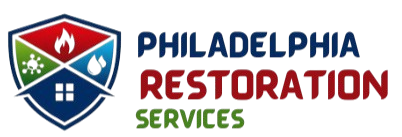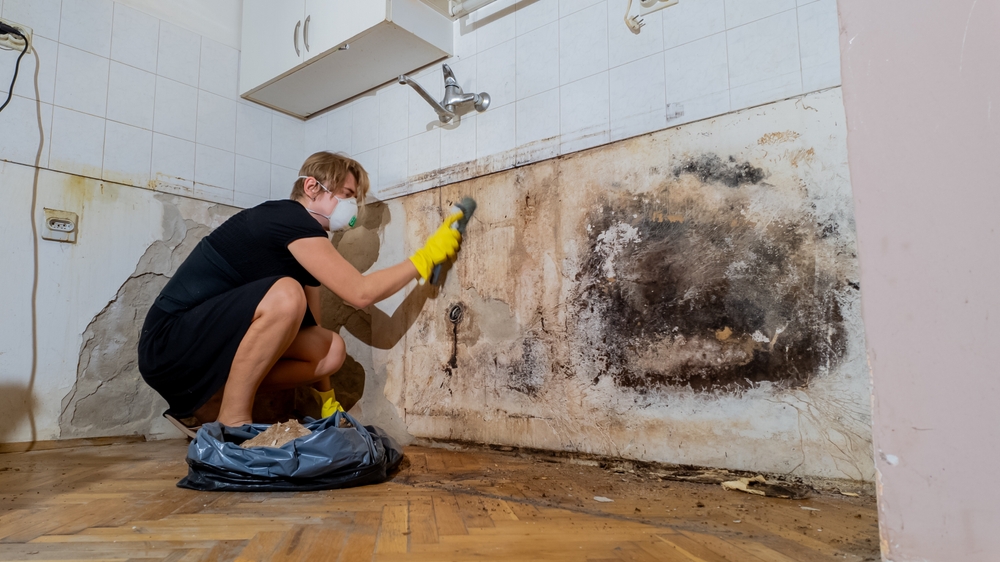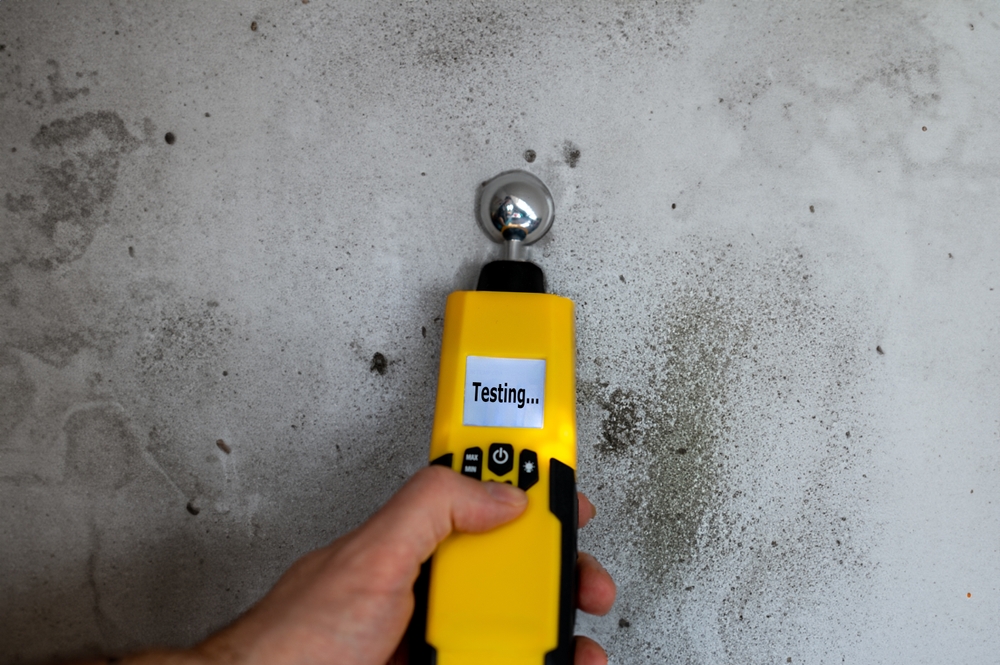In homes and buildings, mold can cause major issues. It might compromise your property and endanger your health. Still, there are several techniques to eradicate mold and prevent it from resurfacing. We will walk over the several techniques of mold eradication in this essay. We will address professional methods as well as do-it-yourself (DIY) ones. Along with safety advice and how to stop mold from resurfacing, you will understand the advantages and drawbacks of every approach.
One morning you wake up and see mold on your ceiling or wall. Mold not only looks horrible but may also cause illness, hence this might be frightening. One kind of fungus growing in moist, warm conditions is mold. If you breathe in its spores, it could compromise your health in addition to your possessions.
This page aims to clarify the different methods of mold removal. We will walk you through many approaches of mold removal and clarify when you might want to handle it yourself and when it is advisable to call a professional. Maintaining the safety and integrity of your house depends on correct mold removal.
Understanding Mold Growth
Knowing how mold grows will help us later on when discussing removal techniques. Mold need three basic components for existence:
- Moisture: Mold craves water. It grows on moist ground.
- Food: Mold consumes organic materials including cloth, paper, and wood.
- Warmth: Mold thrives in warm, damp surroundings.
Typical areas in your house where mold thrives are:
- Bathrooms: Perfect conditions arise from steam from showers and wet surfaces.
- Kitchens: Mold could start from leaks under the sink or on the countertop.
- Basements and Attics: Attics and basements often feature poor air circulation and high humidity.
- Behind Walls: Hidden leaks can cause mold in the wall cavies.
Common forms of mold you could come across at home are Stachybotrys, Cladosporium, and Aspergillus. Extended mold exposure can aggravate asthma, allergies, and other medical conditions. Eliminating mold as soon as you see it is so crucial.
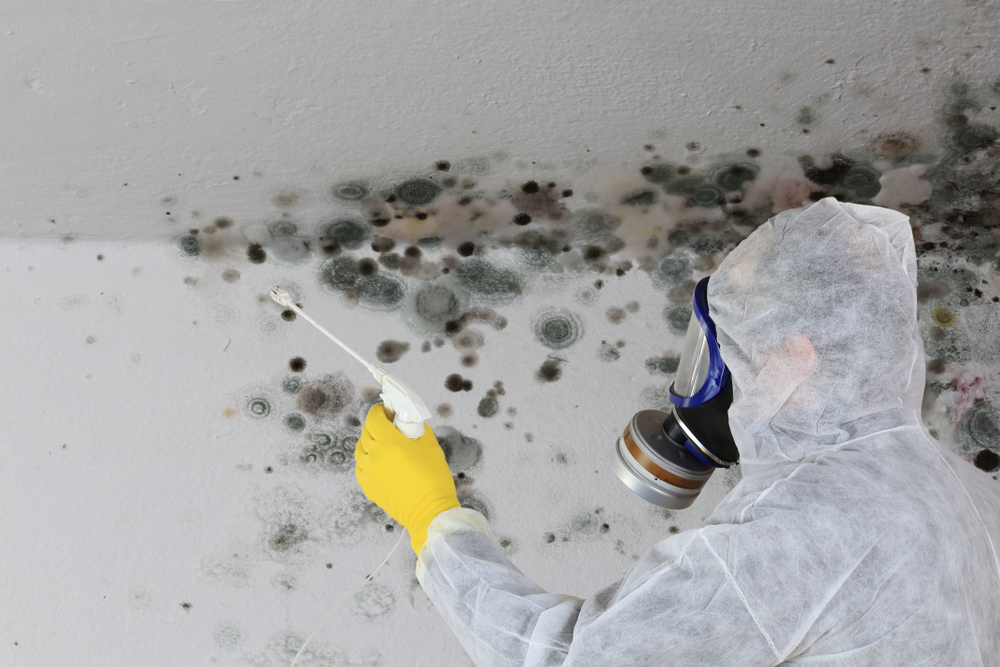
DIY Mold Removal Methods
Should the mold issue be minor, you could decide to do it yourself. Here are some often used do-it-yourself techniques:
A. Cleaning with Household Products
Many people clean mold from common objects. Let’s consider four well-liked options:
1. Bleach
- How to Use It:
Mix one cup of bleach with one gallon of water. Spray or sponge-based application of the solution will help the moldy region. - Pros:
On hard, non-porous surfaces, bleach might eradicate mold. - Cons:
The mold might hide behind porous materials like wood or drywall, so it might not work there. - Safety Precautions:
Always use bleach in a well-ventilated space. To prevent breathing fumes or bleach getting on your skin, wear gloves, a mask, and eye protection.
2. Vinegar
- How to Use It:
Transfer white vinegar straight to the moldy area by filling a spray bottle. Let it sit for at least one hour; then, clean the area. - Pros:
Benefits include vinegar’s inherent cleaning power and effectiveness on certain kinds of mold. - Cons:
The odor can be strong and it might not eradicate every kind of mold. - Safety Precautions:
If you have sensitive skin, think about using gloves and use vinegar in a well-ventilated area.
3. Baking Soda
- How to Use It:
Making a paste from baking soda mixed with water is easy. Apply it to the moldy section and brush-stroke scrub. Add baking soda to a spray bottle filled with water and mist the area. - Pros:
Baking soda helps eliminate mold and smells, is safe, non-toxic. - Cons:
It could have to be sprayed numerous times and performs best on light mold development. - Safety Precautions:
Although baking soda is usually safe, always thoroughly rinse the area following cleaning.
4. Hydrogen Peroxide
- How to Use It:
Store in a spray bottle a 3% hydrogen peroxide solution. Spray it over the moldy section, let it soak for ten minutes, then scrub and wipe well. - Pros:
One advantage of hydrogen peroxide is stain removal and mold killing ability. - Cons:
It could fade colors on painted surfaces. - Safety Precautions:
Wear gloves and eye protection; first test on a tiny area to look for discoloration.
B. Physical Removal
Apart from chemical cleaning, physical techniques can assist in the mold removal:
- Scrubbing and Wiping:
Wiping and scrubbing will help you to eliminate obvious mold from surfaces using a sponge or brush. Afterward, always dry the area. - HEPA Vacuuming:
Mold spores from surfaces and the air can be eliminated with a HEPA (High-Efficiency Particulate Air) vacuum. Cleaning carpets and upholstery calls for this approach. - Containment:
Cleaning mold calls for careful area containment. Cover vents and entrances using plastic sheets and tape. This helps stop mold spores from invading other areas of your house.
Although do-it-yourself projects can be successful for minor mold issues, they have drawbacks. Some mold hides behind walls or deep in porous materials where house cleaners might not be able to reach.
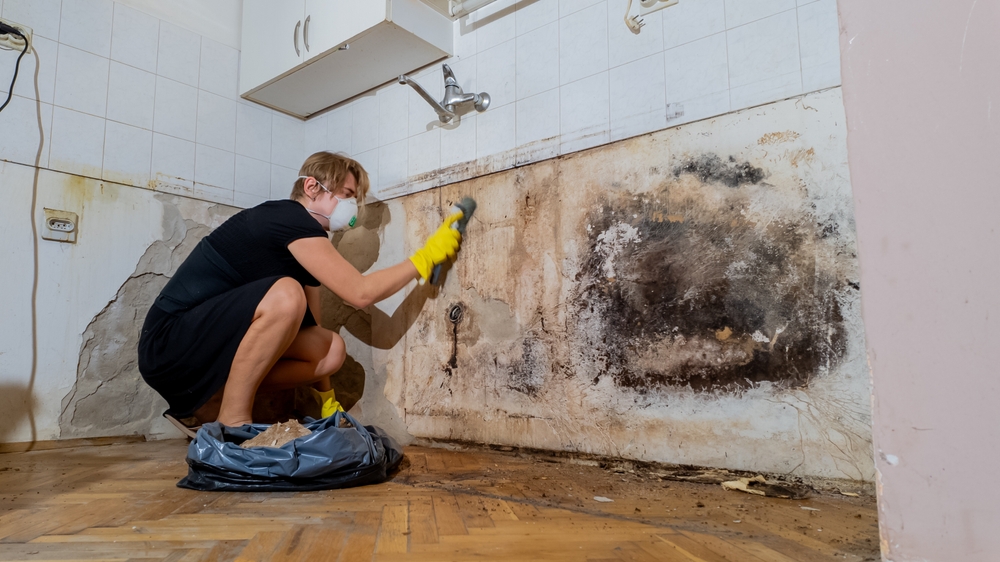
Professional Mold Remediation Methods
Often times, it’s best to call experts for more significant mold issues. Usually, they go as follows:
A. Assessment and Inspection
- Mold Testing and Identification:
Professionals utilize particular tests to determine the kind of mold and degree of the problem. - Moisture Detection:
Thermal imaging cameras and moisture meters are among the instruments they employ to identify hidden moisture capable of mold development. - Remediation Plan:
The results lead to a thorough plan designed to properly eliminate the mold.
B. Containment
- Purpose of Containment:
Containment serves to prevent mold spores from spreading to other parts of the house during removal. - Techniques Used:
Professionals keep the mold contained by means of plastic sheeting, negative air pressure systems, and sealing techniques.
C. Removal and Cleaning
- HEPA Vacuuming and Air Scrubbing:
Surfaces and air are cleaned using specifically designed vacuums including HEPA filters. - Antimicrobial Treatments:
Applied are antimicrobial treatments involving chemicals that destroy mold and stop regrowth. - Removal of Contaminated Materials:
Sometimes highly contaminated materials—such as drywall, carpets, or insulation—that have been removed could be restored. - Drying and Dehumidification:
The area is completely dried following cleaning using dehumidifiers and fans to stop mold from returning.
D. Post-Remediation Testing
- Ensuring the Mold Is Gone:
This stage ensures that the region is safe and that mold spores are at normal level. - Clearance Testing:
This step confirms that the area is safe and that mold spores are at a normal level.
Expert mold removal calls for modern tools and is exhaustive. Large or hidden mold issues often call for it even if it is more costly than do-it-yourself techniques.
When to DIY vs. When to Call a Professional
Whether you decide to hire a professional or remove mold yourself will rely on a number of elements:
- Size of the Mold Problem:
DIY approaches usually allow small, less than 10 square foot mold patches to be managed. - Type of Mold:
You should contact a professional if you believe you have poisonous mold—black mold in particular. - Location of Mold Growth:
Experts should manage mold developing in challenging locations like HVAC systems or inside walls. - Health Concerns:
Professional removal is safer if anyone in the house has health problems such allergies or asthma. - Recurring Mold Issues:
If mold keeps returning following cleaning, this could indicate a more serious issue call for expert assistance.
Expert mold removal provides knowledge, specialized tools, and usually insurance coverage. For severe mold issues, this is a safer option.
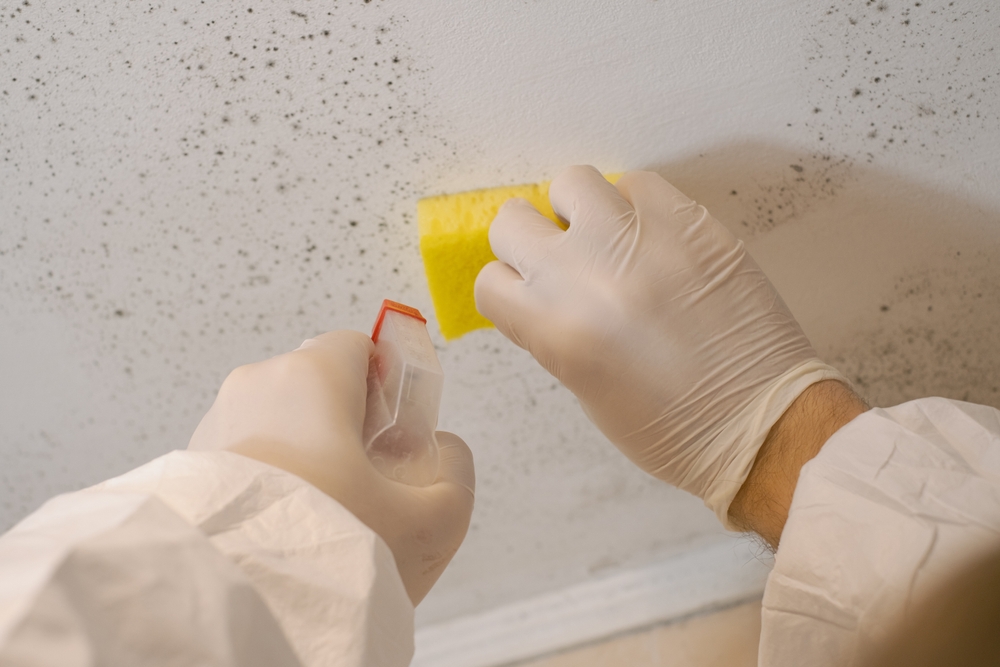
Safety Precautions During Mold Removal
Removing mold calls for quite careful safety. These are some main safety measures:
-
Personal Protective Equipment (PPE):
- Respirators or Masks: Masks or respirators help one avoid inhaling in mold spores.
- Gloves: Gloves will help to guard your hands from mold and chemicals.
- Eye Protection: Safety goggles help you against cleaning chemicals or mold entering your eyes.
- Protective Clothing: Long sleeves and leggings will help you to guard your skin from damage.
-
Proper Ventilation:
Work always in a well-ventilated place. To assist move air around, open windows and use fans. -
Containment Measures:
Seal off the area you are cleaning using plastic sheeting and tape. This stops mold spores from proliferating around your house. -
Disposal of Contaminated Materials:
Store any contaminated items—such as old sponges or cleaning towels—that show mold in a sealed plastic bag before throwing them away.
Following these safety precautions will help guard your family and yourself throughout the mold removal process.
Mold Prevention Tips
Once the mold has been taken out, you should make sure it never resurfaced. Here are some basic pointers:
- Control Moisture Levels:
Use dehumidifiers and quickly address leaks to keep your house dry. - Ensure Proper Ventilation:
Make sure every room’s air is always moving by opening windows, running exhaust fans. - Regular Cleaning and Inspection:
Regularly search for mold and clean places like bathrooms and kitchens that often get wet. - Use Mold-Resistant Materials:
Select materials that resist mold, such paint or drywall, whether remodeling or building. - Dry Wet Areas Promptly:
Should you spill water or discover a leak, quickly dry the affected area to prevent mold growth.
These preventive ideas enable you and your loved ones to live in a better, mold-free house.
Conclusion
Maintaining the safety and integrity of your house depends on mold elimination. Understanding your alternatives is crucial whether you decide to call in a professional for a more extensive service or clean little areas yourself using domestic goods like bleach, vinegar, baking soda, or hydrogen peroxide. For minor, surface-level mold problems, do-it-yourself solutions are great; nevertheless, professional mold remediation is the best option when the problem is pervasive or concealed.
Your house can be kept free from future mold development by following the guidelines for removal and prevention and by adopting correct safety measures. Recall that the objective is not just to eliminate but to prevent mold from resurfacing.
Philadelphia Restoration Services
https://www.google.com/maps?cid=3399342399556699153
+1 267 668 0013
https://philadelphiarestorationservices.com/
